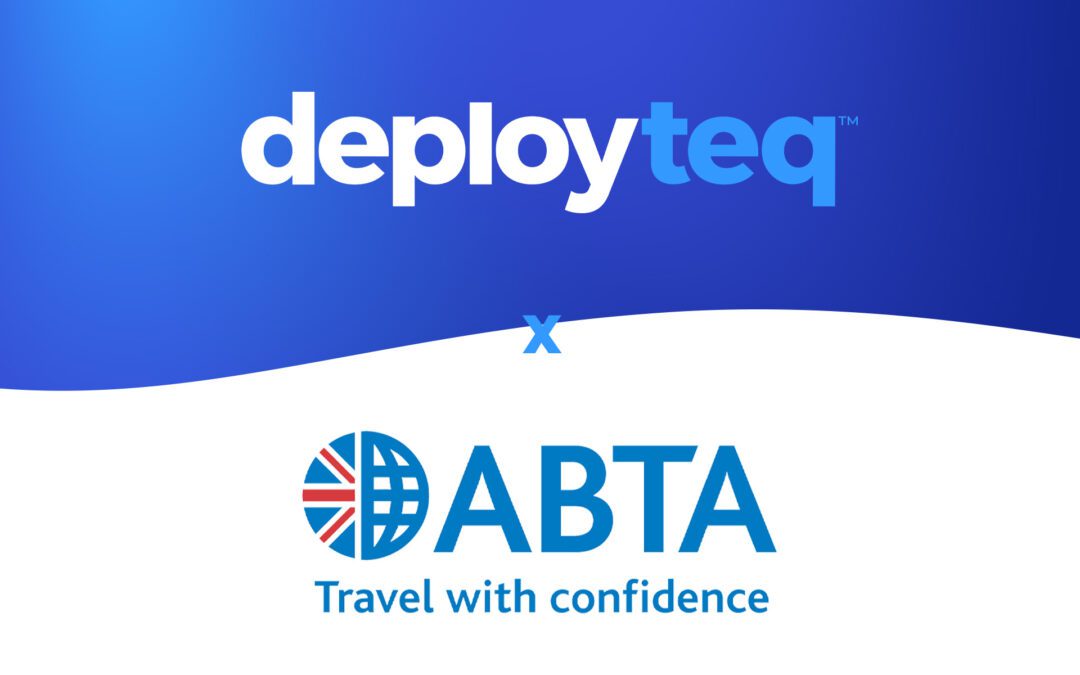The number of options available to travellers today is vast, from large agencies to independent consultants, hotel chains to rental villas. This, of course, can make acquiring new customers a challenge for any travel brand, large or small.
Standing out from the crowd and engaging interested consumers is essential for travel brands to build their customer base. Marketing automation can help them achieve this by enabling brands to send personalised, timely communications that catch the attention of potential customers and move them closer to booking.
In this blog post, we explore five ways travel brands can use marketing automation to attract and convert travellers, from an engaging welcome campaign through to long-term nurturing.
Welcome campaigns to make a positive first impression
When a potential customer creates an account or signs up for a newsletter, they are in a state of high engagement with a brand. Welcome campaigns offer the perfect way to capitalise on this engagement, making a positive first impression and setting the tone for the future relationship.
A good welcome campaign should thank the traveller for signing up, introduce the brand, and possibly even include a limited-time offer to encourage them to book their first trip.
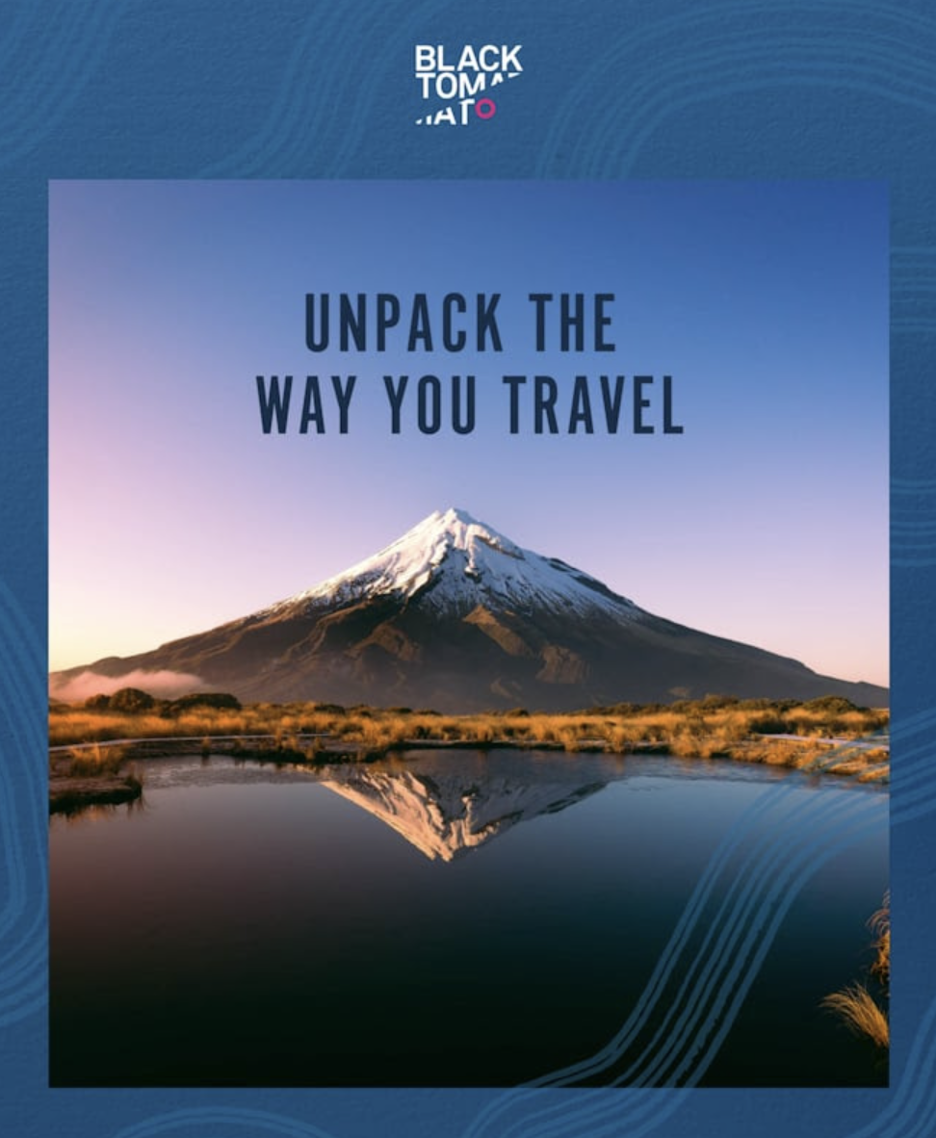
This can be followed up with a series of emails that further inspire and engage the recipient, ideally personalised to their preferences, such as popular beach holidays, adventure escapes, or spa weekends.
Importantly, these emails should highlight a brand’s strengths and USP (unique selling points), such as tailor-made itineraries, excellent customer service, or exclusive trips. And of course, including positive reviews or testimonials from past customers adds extra credibility.


Behaviourally triggered campaigns for added relevancy
Personalisation and timing are key to cutting through the noise of the travel industry. And with the use of behaviourally triggered campaigns, travel brands can automate communications based on specific actions taken by consumers.
For example, if a traveller is browsing hotels in Italy but has yet to book, an automated email can be triggered offering more information about Italian destinations, hotel recommendations, or a limited-time discount.
Similarly, if someone abandons a flight search, an email can remind them of the route and offer a price alert or similar flight options.
These campaigns are effective because they respond directly to the traveller’s interests and actions, providing the right information at the right moment. And by automating these responses, travel brands can keep potential customers engaged without the need for manual follow-ups.
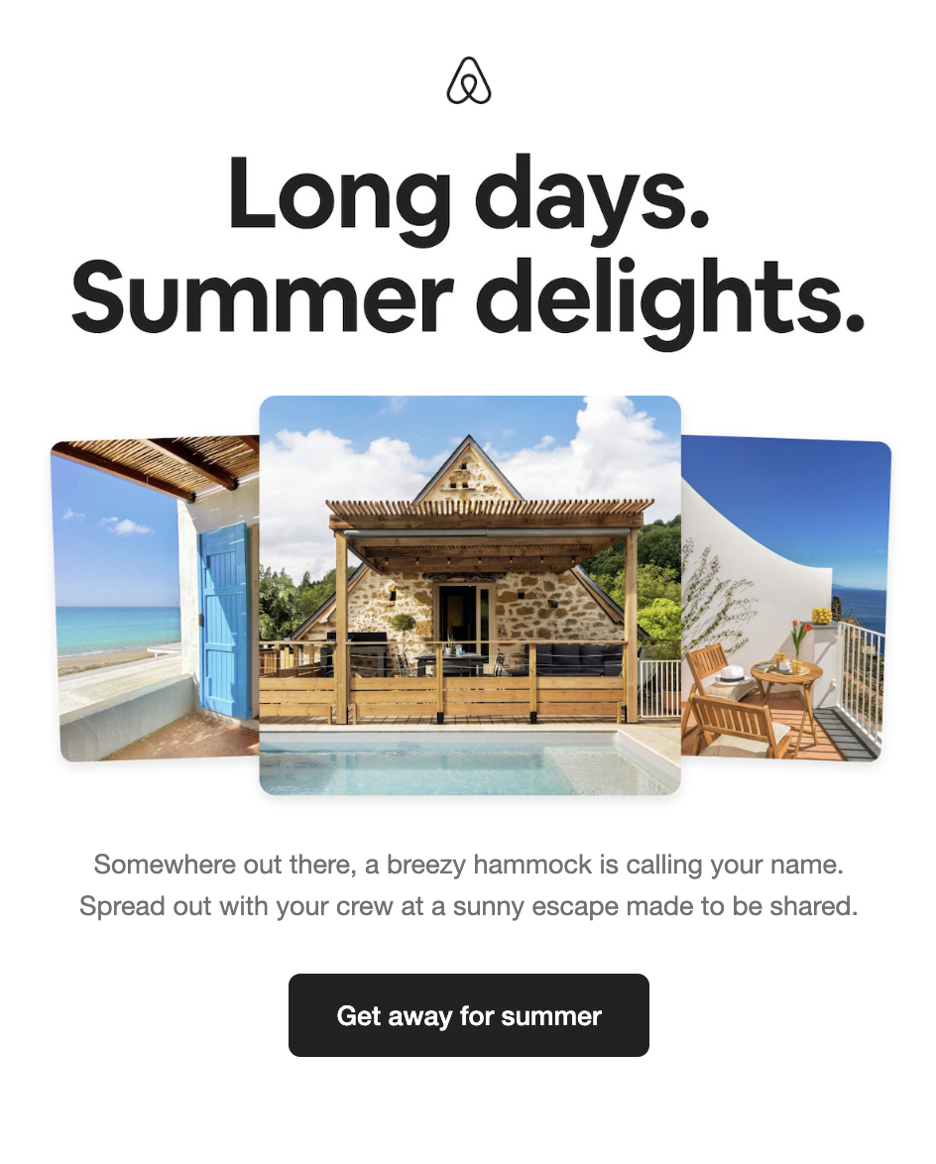
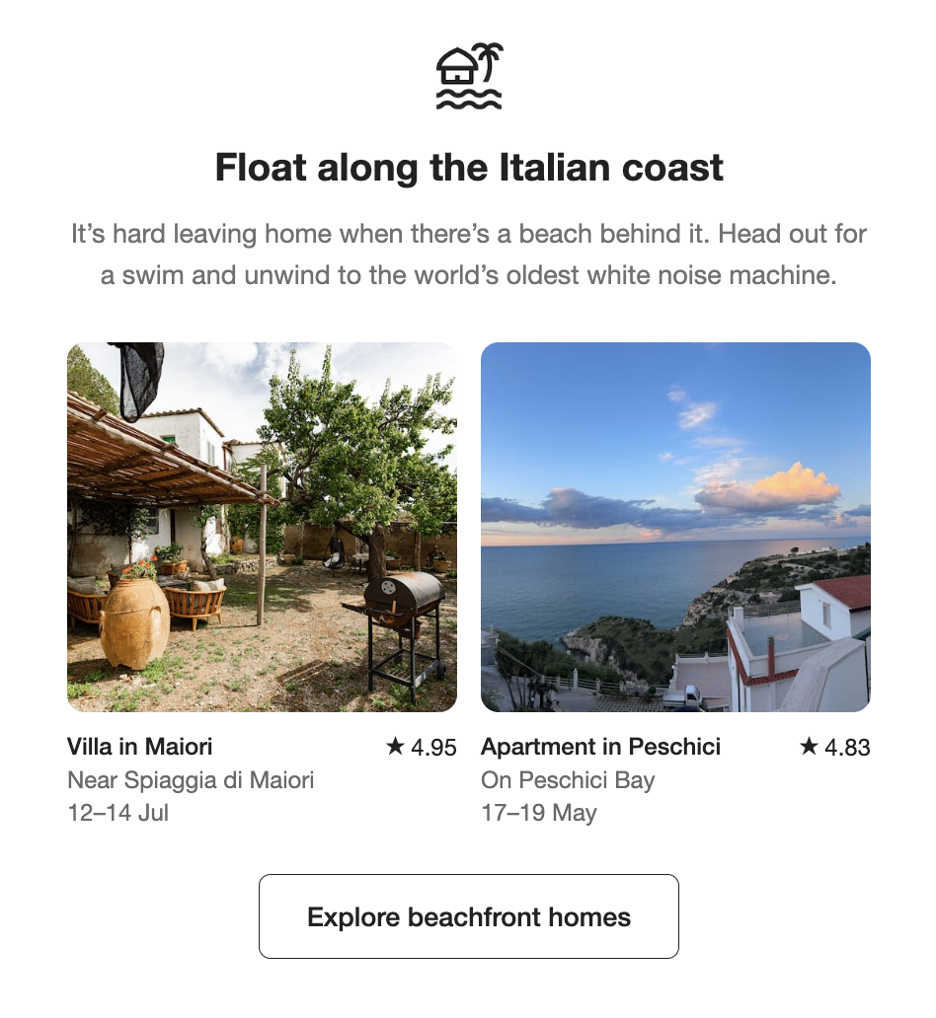
Automated follow-ups to save abandoned bookings
Booking a trip is a big decision for many travellers, one which often involves considerable amounts of research and discussion. So, it’s perhaps unsurprising that abandoned bookings are a common challenge in the travel industry.
And whilst this may be frustrating for travel marketers, abandoned bookings also offer a perfect opportunity for marketing automation to reach out and re-engage with potential customers.
Automated follow-up emails can be sent to remind travellers about the trip they were planning and gently encourage them to complete the booking. These emails can include a special offer to provide the push they need to finalise their purchase, or other alternative trips and destinations in which the recipient may be more interested.
Don’t forget to include other key information which may help move the purchase along, such as positive customer testimonials, support details, or FAQs.

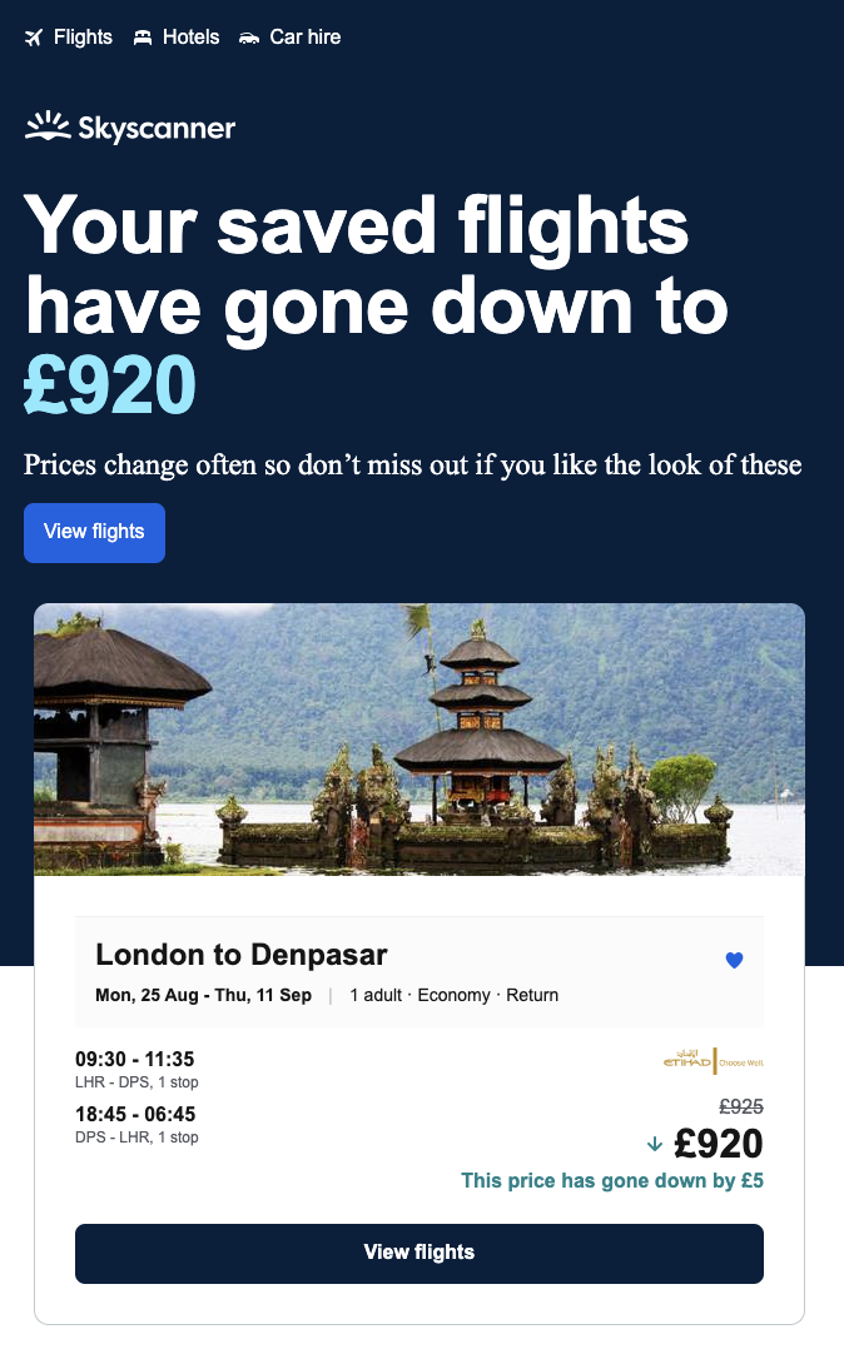
Price alerts to add urgency
Pricing is often a key factor in travel decisions, and real-time updates can make the difference between a booking and an abandoned search.
Travel brands can set up automated price alert emails to notify customers when flight or hotel prices drop for destinations they’ve browsed or have been tracking.
For example, if a customer is monitoring flights to Bali, an automated email can be triggered the moment prices drop, encouraging them to book quickly before the deal expires.
These alerts provide customers with relevant, timely information when they are most likely to take action. And by automating these price updates, travel brands can secure bookings and improve their conversion rates with little manual intervention.
Content series for longer-term nurturing
New customer acquisition isn’t all about sales and promotions, some travellers require a longer-term approach.
An engaging content series is an excellent way for travel brands to build relationships with potential customers and guide them toward making a booking over a period of time. By offering useful and inspiring information in a series of automated emails, brands can keep travellers excited and engaged until they are ready for their trip.
On a simple level, these content campaigns could be based on popular destinations that are likely to pique a large amount of interest. Or, on a more sophisticated level, travel brands can use marketing automation to identify the interests of segments of travellers, and send them the content series that is most relevant to them.
By consistently providing valuable and relevant content, travel brands can build trust and position themselves as a useful resource, keeping themselves front-of-mind as the traveller moves closer to booking.


Next steps
Marketing automation has the ability to transform how travel brands engage with potential customers, offering a more personalised and efficient way to drive bookings. By leveraging strategies such as those in this blog post, brands can keep travellers interested and guide them through the booking journey with minimal manual effort.
At Deployteq, we understand the unique challenges of the travel industry and how automation can help overcome them. With our team of travel marketing specialists, we can help you execute automated campaigns to increase customer acquisition and grow your bookings.
If you’re ready to elevate your travel marketing, get in touch and let’s start the journey together.


